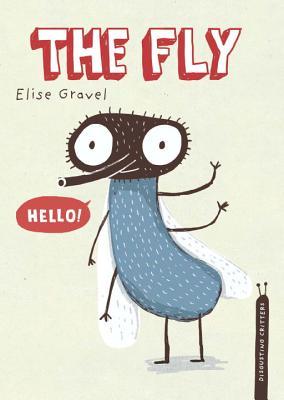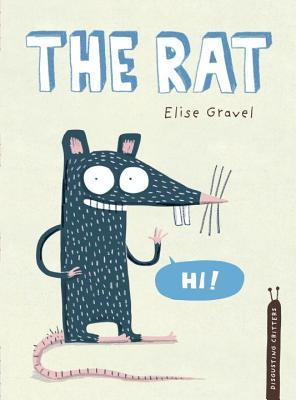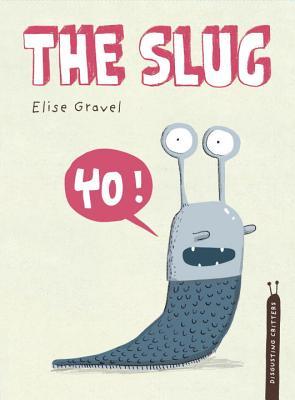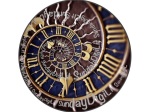If you don't listen to podcasts yet, it's time to get started. Since you already love children's books, you should start with The Yarn, by Colby Sharp and Travis Jonker.
The Yarn "unravels" a book through an interview with the author or illustrator. Each episode is between 8 and 28 minutes long -- perfect for listening on a short commute or as a break in your work.
Franki wrote about The Yarn when it was brand new, just over a year ago. Colby and Travis have really come into their own over the course of a year, and they have some incredible episodes that will be worth going back to.
Take the episodes #26 and #27, for example, in which Travis and Colby talk to Kate DiCamillo at ALA. She talks about why she writes for children. I love her words so much, I'm going to use them to describe why I teach.
I teach because of the "necessity of hope." You can't show up every day and work with 10 year-olds if you don't possess more than the normal amount of hope. Teachers traffic in hope. It keeps us going; it keeps our students going; it keeps our schools afloat when the rest of the world would sink us without a second thought. And then there's the "peripheral magic." Like Kate's stories, we don't utilize literal magic, but you can't deny that there's some kind of magic going on when you see a child's eyes light up with understanding.
In Kate's books, and in classrooms around the country, "Things are still possible."
That's why you write, Kate? That's why I teach.




















